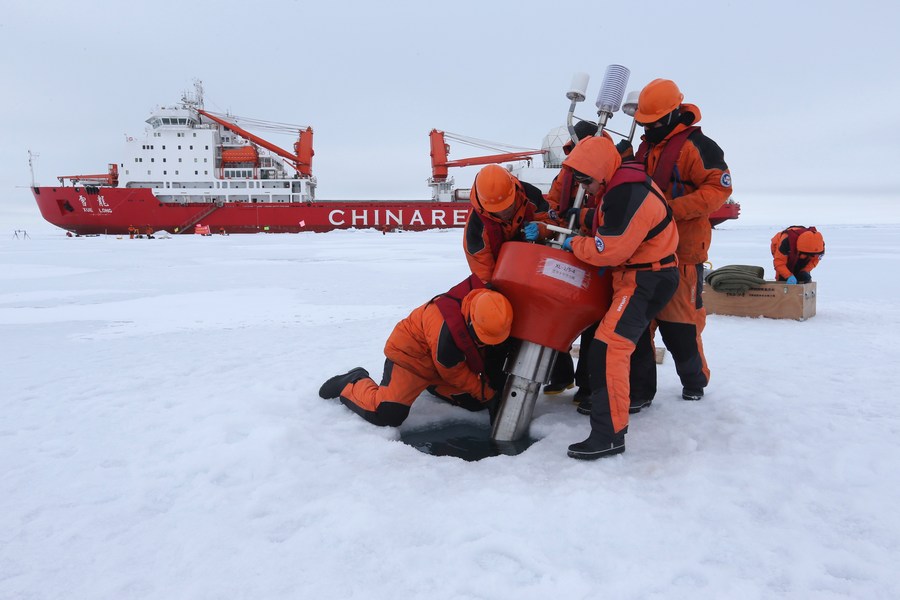China’s slow but steady moves in the Arctic
China is still a bit player in shipping, governance, and resource exploitation in the Arctic Circle, but Beijing has ambitious plans.

China is expanding its influence and its activities in the Arctic as it forges closer ties with Russia, according to a new think tank report issued just a few days after the United States government unveiled its strategy for the region to counter the two superpowers.
The U.S.-based RAND Corporation and Swedish Defense Research Agency (Totalförsvarets Forskningsinstitut, or FOI) jointly published a report assessing China’s growing activities in the Arctic, with a few key takeaways:
- Shipping takes up more than 90% of China’s international trade transportation, and “the opening of Arctic routes would reduce maritime transportation costs as well as risks in other transportation routes, alleviate China’s energy shortage, and make China a hub for transporting Arctic energy to the world.”
- Chinese presence in the North American sections of the Arctic are “fairly limited,” mostly in part due to U.S., Danish, and Canadian efforts to restrict Beijing’s access to sensitive interests in the region, “including rare earth elements, petroleum, and submarine telecommunications cables.”
The Biden administration has also raised concern, according to its updated strategy for the Arctic released last week, over the need to “effectively compete and manage tensions” as China and Russia grow their influence in the icy region.
- Chinese state-run nationalistic tabloid the Global Times hit back at the policy as an attempt by the U.S. to “militarize and privatize the region with its allies.”
Though China is not an Arctic state — a title belonging to Canada, Denmark, Finland, Iceland, Norway, Sweden, Russia, and the United States — China has become a quiet but increasingly active participant in Arctic governance as it expands a slate of economic, diplomatic, scientific, and military activities in the strategically important geopolitical arena.
- The Arctic is also home to vast reservoirs of critical resources like oil, coal, uranium, and rare earth minerals, but Chinese companies are involved in a very small share of those types of projects, and most of their activities are focused on exploration that is heavily concentrated in Canada.
- However, frustration with “existing Arctic governance mechanisms” has been voiced within China, according to a Brookings Institute report published last year: “Several Chinese texts indicate frustration with Arctic mechanisms and concern that the country will be excluded from the region’s resources.”
Meanwhile, China and Russia have deepened cooperation in the region in recent years, with the two nations signing several commercial and shipping agreements along the Northern Sea Route, a critical shipping route in the Arctic within Russia’s exclusive economic zone (EEZ).
- In 2017, both nations endorsed the idea of jointly developing the Polar Silk Road to develop Arctic shipping routes, which was further outlined in China’s white paper published a year later.
- After signing a joint declaration with Russian President Vladimir Putin to promote cooperation in the Arctic, Chinese President Xí Jìnpíng 习近平 said in a 2019 interview with Russian media organizations: “We encourage Chinese companies to take an active part and make practical contributions to the commercial operation of the Arctic shipping routes and local economic and social development…We hope there will be win-win results for all involved — a plus for both China-Russia cooperation and world economic growth.”
- China is also increasing the amount it can import liquefied natural gas (LNG) from Russia, and has signed new deals with Russian companies to transport LNG through the Arctic.
- On February 4, the eve of the Beijing Winter Olympics, Putin and Xi signed another joint statement that outlined plans for deeper bilateral cooperation, including “sustainable development” in the Arctic and the “development and use of Arctic routes.”
